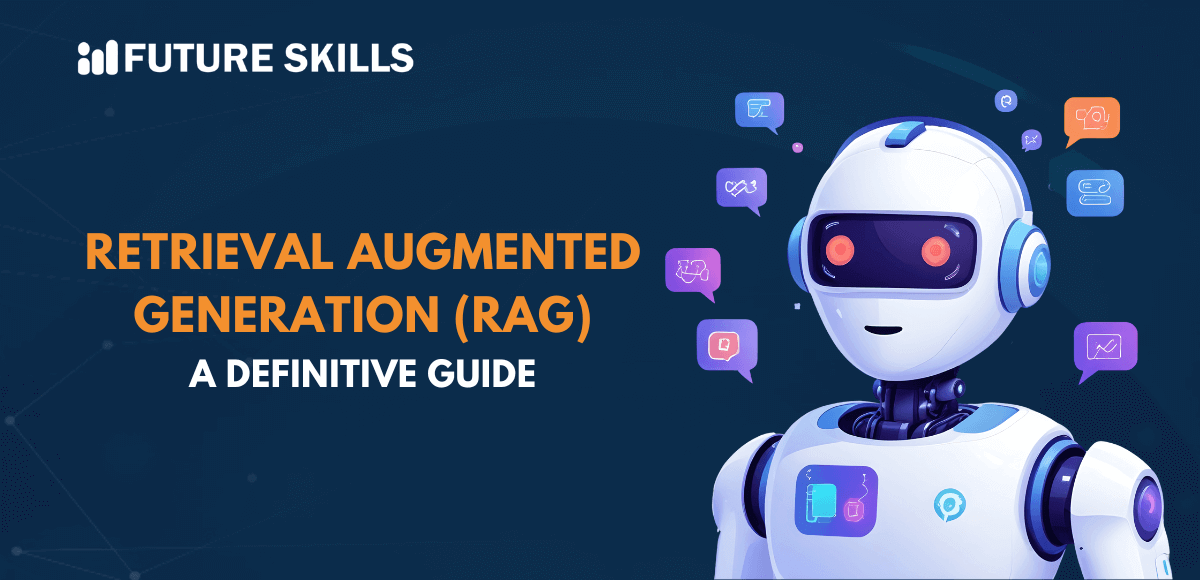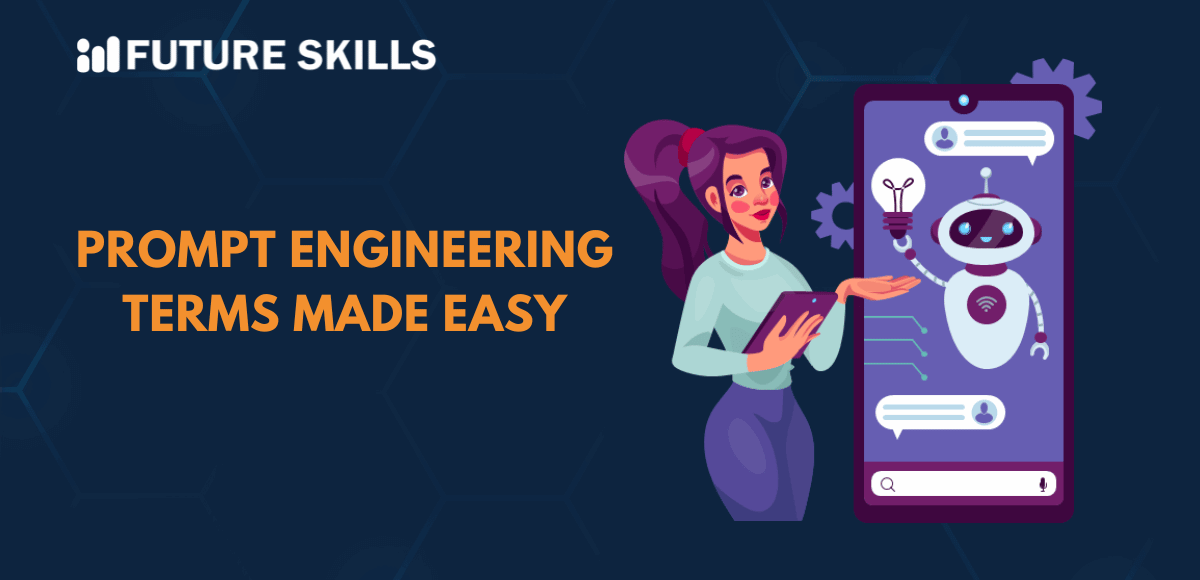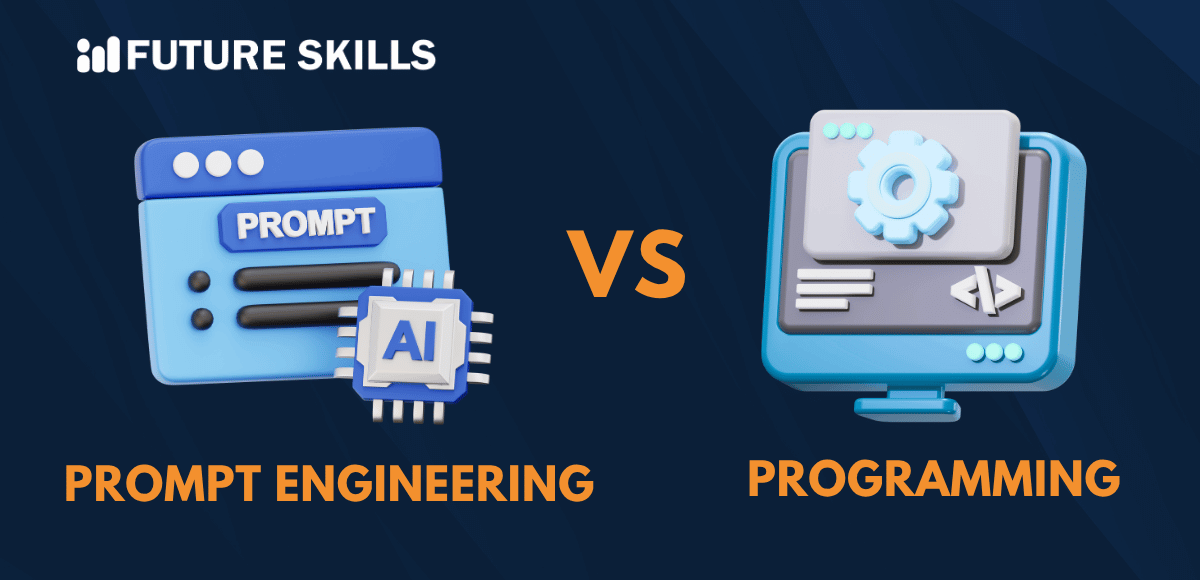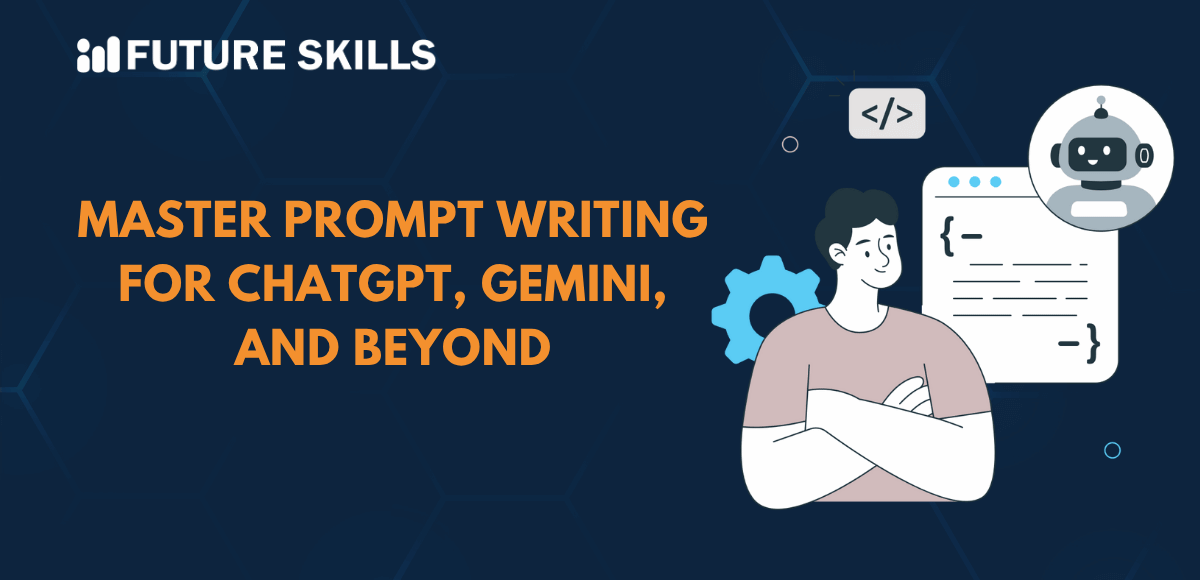Language models have emerged as an important component in the continuously evolving AI landscape. LLMs serve as useful elements for the growth of generative AI, and you can fine-tune them for different tasks, such as named entity recognition and sentiment analysis. However, these tasks don’t require additional background knowledge.
On the other hand, retrieval augmented generation RAG is a recommended prompting technique for complex and knowledge-intensive tasks. The unique highlight of RAG is the flexibility for accessing external knowledge sources to serve different tasks. It can help in achieving reliable responses with better factual consistency, thereby resolving the problem of hallucination in LLM responses.
You can take a simple retrieval augmented generation example to understand what it means for LLMs. Judges make decisions on cases by using their general knowledge of the law. However, they may also come across cases that require special expertise. In such cases, judges would send the court clerks to look for examples of similar cases that they can cite in their decisions. You can think of RAG as the court clerk who can extract special information required to solve a user query. Let us learn more about RAG and its significance in the AI landscape.
Enroll in our Certified Prompt Engineering Expert (CPEE)™ course and learn the best approach to interact with LLMs and understand the capabilities of prompt engineering.
What is Retrieval Augmented Generation?
Retrieval Augmented Generation is a comprehensive technique that blends the best traits of pre-trained large language models and external data sources. The answers to ‘What is RAG retrieval augmented generation?’ also showcase how it can mix the generative power of LLMs with the accuracy of specialized data search mechanisms. The process focuses on optimization of LLM output with the reference to authoritative knowledge sources outside the training data before generating outputs.
Large language models, or LLMs, have been trained in the massive collection of data. They leverage billions of parameters to generate output for tasks such as sentence completion, question answering, and language translation. RAG can extend the power of LLMs in the internal knowledge base of an organization and specific domains without the need for retraining the model. On top of it, RAG offers the assurance of cost-effectiveness in improving the output of LLM. It can ensure that the output is accurate, useful, and relevant for different contexts.
What is the Significance of Retrieval Augmented Generation?
LLMs are an important component in the AI ecosystem, and they have the capabilities to power AI chatbots alongside other NLP applications. The primary goal of LLMs revolves around creating systems that can respond to user queries in different contexts by using genuine knowledge sources. However, discussions about retrieval augmented generation LangChain applications draw attention to challenges of LLMs that they help resolve.
Some of the prominent challenges of LLMs include displaying false information when the model does not have any answer or generating responses from non-authoritative sources. LLMs can also present generic information when users need a specific response or generate inaccurate responses due to confusion regarding the terminology. In a way, LLMs are like an over-enthusiastic kid who do not know about current events and still answers all questions with absolute confidence. RAG helps resolve the following limitations of LLMs, thereby improving how they operate.
-
Lack of Specificity in Information
Language models work within walled gardens as they rely only on their training data and offer generic responses. Traditional LLMs might not help you answer questions that are specific to a product or queries on performing in-depth troubleshooting. Without retrieval augmented generation RAG, models cannot be trained on data that is specific to an organization. On top of it, the training data in the models can restrict the ability to generate updated responses.
-
Generic Responses
Language models can offer generic responses that have not been related to specific contexts. Such types of problems are major setbacks for customer support use cases, as individual user preferences play a crucial role in offering personalized customer experiences.
-
Hallucinations
One of the notable responses to “What is RAG retrieval augmented generation?” suggests the different ways in which LLMs can come up with hallucinated responses. LLMs can confidently present false responses on the basis of their assumptions when they don’t have accurate answers. In some cases, LLMs can provide off-topic responses, thereby creating a negative impact on the customer experience.
Retrieval augmented generation can help bridge the gaps by providing an effective approach to integrating general knowledge of LLMs with features for accessing specific information. It can ensure improved accuracy and reliability of responses that are tailored to the specific needs of users and businesses.
Learn about LLM agents, their components, and how they can enhance the performance of LLMs.
Working Mechanism of Retrieval Augmented Generation
After developing a clear impression of the fundamentals of RAG, it is important to understand how it works. The use of retrieval augmented generation LangChain framework can introduce promising improvements over traditional LLMs. RAG brings the advantage of an information retrieval component to LLMs that extracts information from external data sources.
Subsequently, the LLM can use the new knowledge in combination with its existing training data to generate better responses. Here is an overview of the notable steps that define the working of retrieval augmented generation in prompting LLMs.
-
Creation of External Data
The first step in RAG prompting involves creation of external data. External data can come from different data sources, such as document repositories, APIs, and databases. Any retrieval augmented generation example would show that the external data may be available in different formats, such as long-form text, files, and database records. On top of it, you can also rely on embedding language models for the conversion of data to numerical representations and storing them in vector databases.
-
Retrieval of Relevant Information
The second step of RAG prompting involves a relevancy search. This step involves conversion of user queries into vector representations, followed by a comparison with vector databases. As a result, the LLM can retrieve specific documents that are relevant to the user queries. Interestingly, the system calculates the relevancy by leveraging mathematical representations and vector calculations.
-
Augmentation of the LLM Prompt
In the next step, the RAG model facilitates augmentation of the user prompts through addition of relevant information from retrieved data. A comprehensive evaluation of a retrieval augmented generation paper would reveal that augmentation of the prompt also involves effective use of prompting techniques for communication with the LLM. Augmented prompts help the LLMs generate accurate answers to users’ queries.
-
Updates in the External Data
The external data may also become outdated in some cases. Therefore, you can ensure that retrieval augmented generation RAG works effectively by maintaining updated information for retrieval. It is important to follow asynchronous updates for the documents and ensure updates for embedding the document representations.
You can achieve updates for the external data by using automated real-time processes and periodic batch processing. It can serve as a formidable challenge in data analytics. However, you can serve the perfect answer to such challenges by following different data science approaches for change management.
Discover the potential of AI and boost your career with our one-of-a-kind Certified AI Professional (CAIP)™ Certification tailored for every individual who wants to make a career in AI domain.
What are the Practical Uses of RAG?
Retrieval Augmented Generation is a powerful prompting technique that helps LLMs generate coherent responses based on external data. Such systems have different use cases in the business landscape. Here is an outline of the most popular practical uses of RAG.
-
Personalized Recommendation
The responses to “What is RAG retrieval augmented generation?” also draw attention towards personalized recommendations. RAG systems can evaluate customer data to generate product recommendations and improve the overall user experience.
-
Text Summarization
RAG systems can also leverage content from different external sources to generate accurate summaries, thereby leading to significant time savings. For example, senior executives and managers can find crucial insights from textual data and make decisions based on their observations.
-
Business Intelligence
Organizations can use RAG applications to meticulously analyze data found in market research documents, business reports, and financial statements. As a result, businesses don’t have to spend time and effort browsing through multiple documents to extract valuable insights.
How Can Retrieval Augmented Generation Improve Generative AI?
Retrieval Augmented Generation serves multiple benefits to the generative AI efforts of an organization. The most prominent highlight in a retrieval augmented generation paper focuses on benefits of RAG technology, such as cost-effective implementation and access to updated information. In addition, the availability of access to accurate information with RAG systems can help LLMs earn users’ trust. Most importantly, RAG systems offer better prospects for enhancing developer control over LLM applications.
Final Words
Retrieval, Augmented Generation systems involve the use of an information retrieval component for LLMs to ensure that they improve accuracy. The retrieval augmented generation RAG applications that you can find today would shape the future of generative AI. It is a powerful prompting technique that can enable LLMs to access external data sources and deliver meaningful responses.
The working of RAG systems involves the creation of an external data repository for LLMs alongside its pre-existing training data. As a result, it would not have to depend on oracles or other tools to access external data for all LLMs. Discover the details of the working mechanism of retrieval augmented generation systems and how they can help you build new use cases of LLMs right away.






